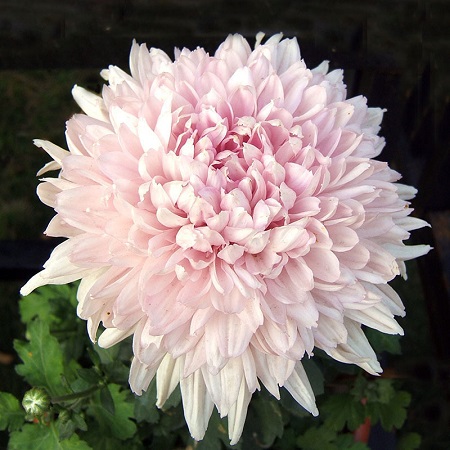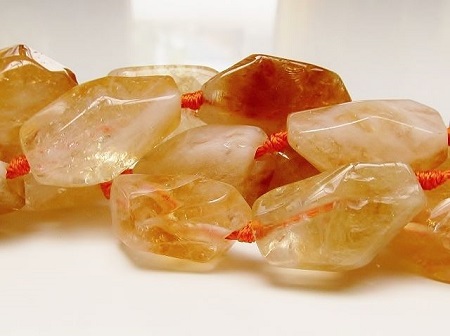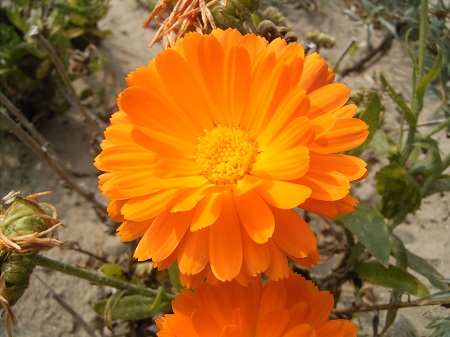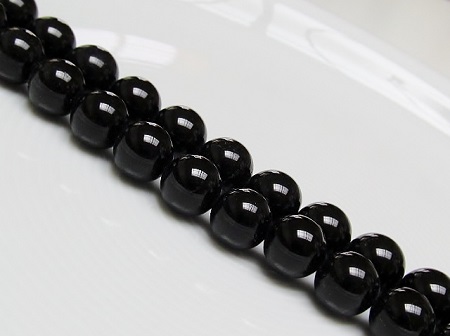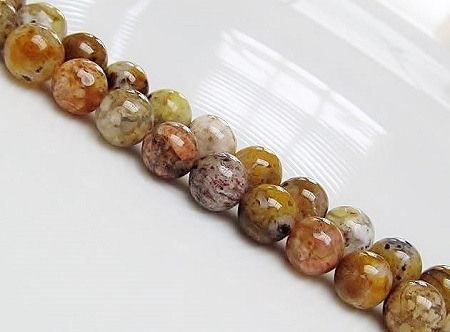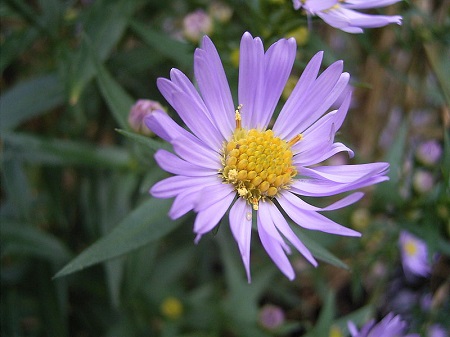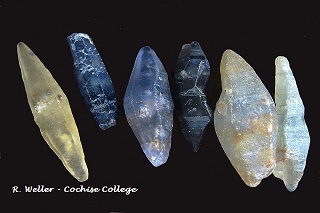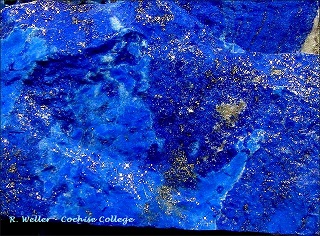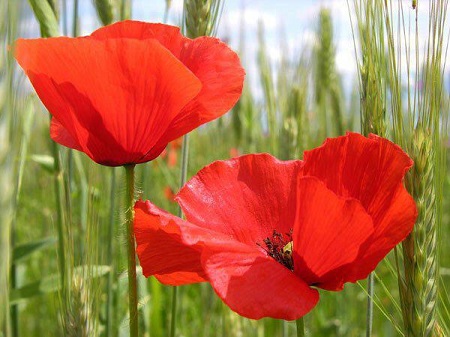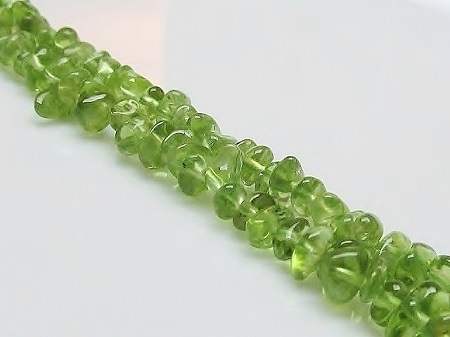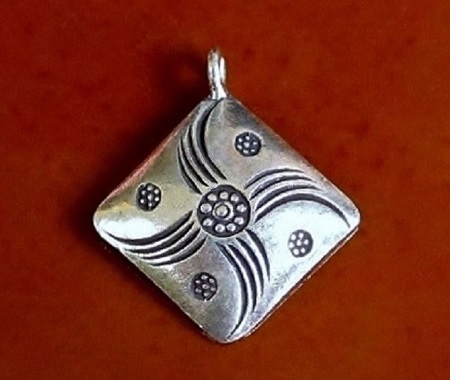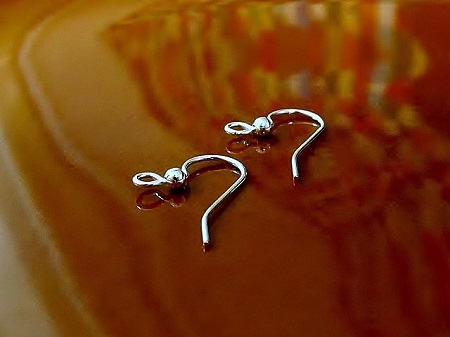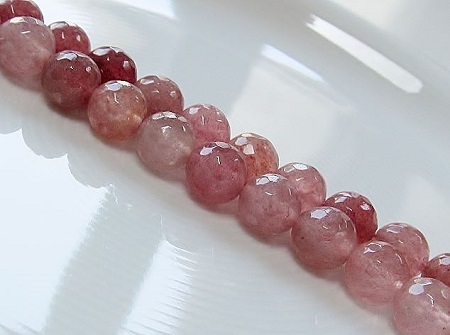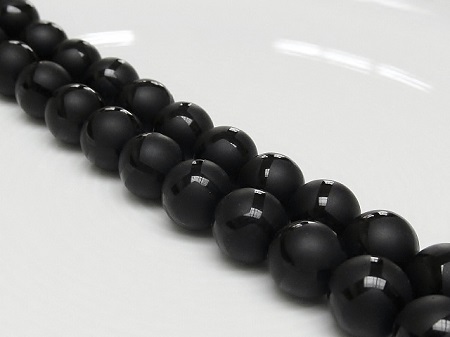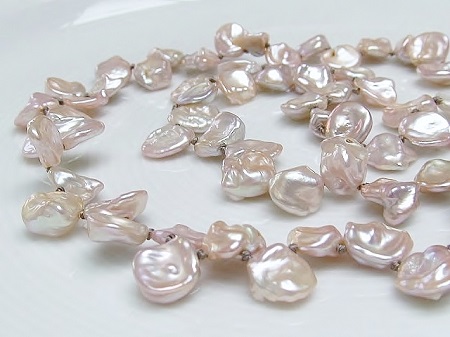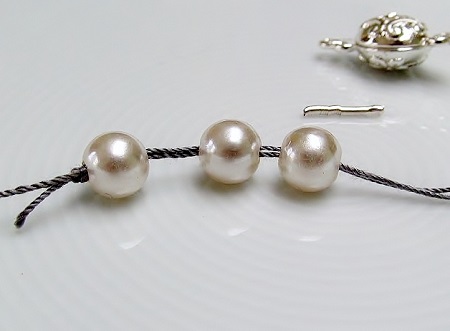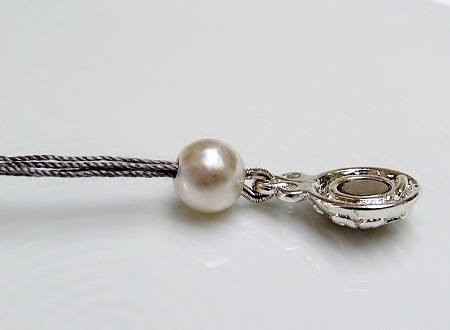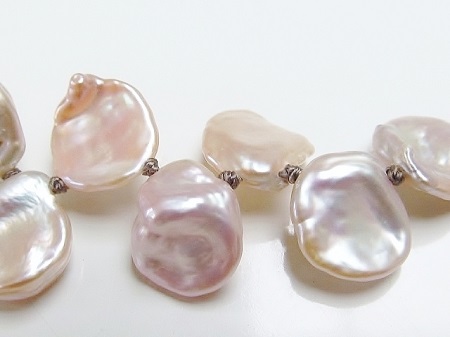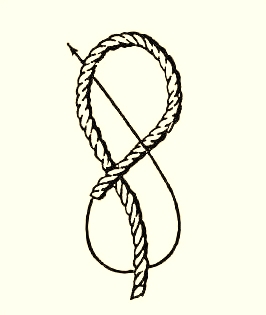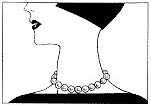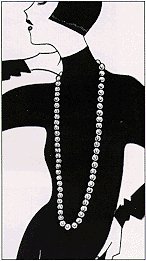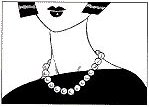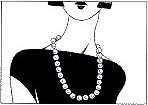Gold colors, standard gold and fine gold
When referring to gold in general, one is used to add the term karat. The karat is the unit expressing the purity of gold alloy. Pure gold, also called fine gold, has a total of 24 units of gold or 24 karat. It strictly means that 24 karat gold is made of 99,9 % gold. It is a soft metal to which often a hardening metal will be added to make jewelry.
As a consequence whenever you see anything between 10 to 22 karat you refer to a gold alloy. The higher the number indicated, the more gold it contains.
The color of the alloy will alter the yellow gold color. The most common combination is a mixture with copper, giving the yellow gold a reddish glow. When 25 % copper is added to 75 % gold the metal is called rose gold (18 KT) or pink gold. Sometimes silver is added to the copper and gold mixture to soften the red and obtain the right pink shade. The redder the gold alloy, the more copper has been added. Pink gold is always an alloy, there is not such a thing as pure rose gold.
Other popular alloys are those with white metals, which when added to a high karat, give white gold.
Standard gold has an alloy addition of silver and copper in a ratio of 50/50. Concretely it means that 18 KT standard gold contains 75 % gold, 12,5 % silver and 12,5 % copper or 18 units gold, 3 units silver and 3 units copper.
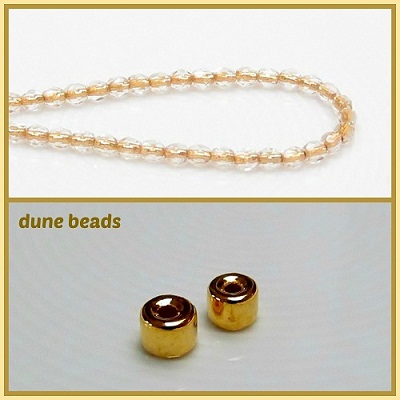
Gold-plated versus gold-filled
In gold-plating one uses exactly the same procedure as in silver-plating and silver-filling - see http://dunebeads.com/en/artistic-technique-silver-and-silver-plating -. 14 KT gold is electroplated on the core, usually brass or copper, so that the yellow color is preserved. To speak of gold-plated the gold layer may not have less than 10 KT and must be at least one micrometer thick, but the thickness of the end layer depends entirely on the manufacturer.
When the core of the gold-plated object is not made up of a base metal, but of sterling silver, it is called gold Vermeil. As a general rule the gold layer has at least 10 KT and is minimum 2,5 micrometers thick. Usually gold Vermeil jewelry has a 18 KT or 22 KT white or white & yellow gold layer.
Although silver-filled is not regulated in the United States, it is not the case with gold-filled (GF) items. The Federal Trade Commission prescribes the rules for GF stamped products.
As a consequence, gold-filled
Another name for gold-filled is R.G.P. or Rolled Gold Plate. This term means that the weight in gold is below the standard for gold-filled and therefore of a lower quality, an example would be 1/10 10KT.
An additional expression referring to gold-filled is double clad. It means that the gold-filling is made out of two layers. The indication 1/20 14 KT double clad means that two layers of 1/40 14 KT have been used. Layering may give the same weight, but its quality is inferior to the single layer.
Enjoy your shopping @ https://dunebeads.com/en/metal-jewelry-findings !
